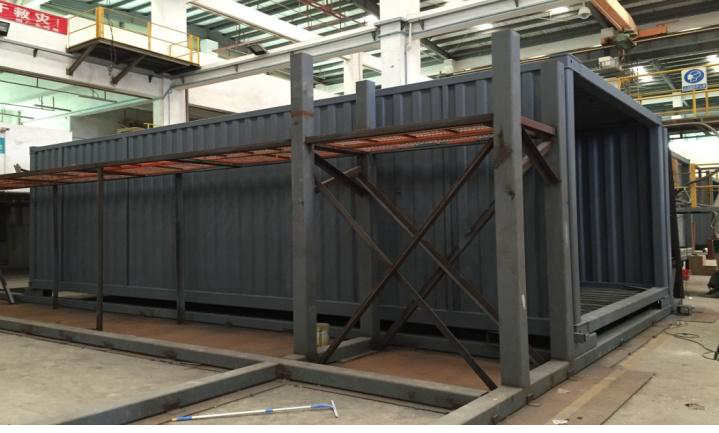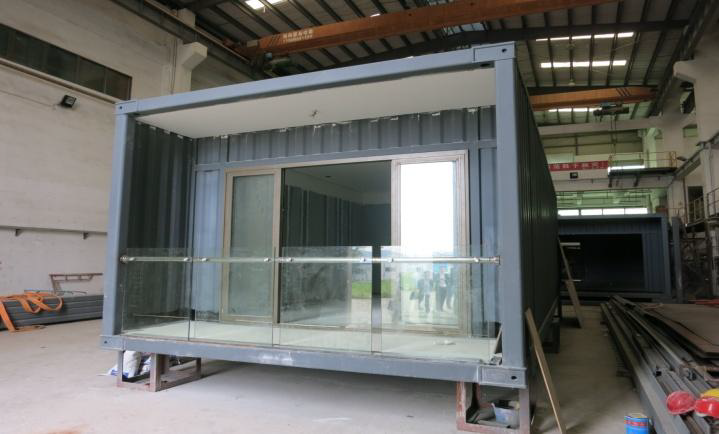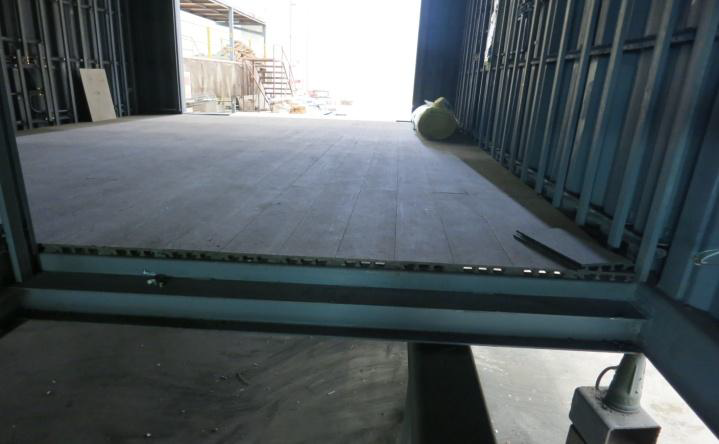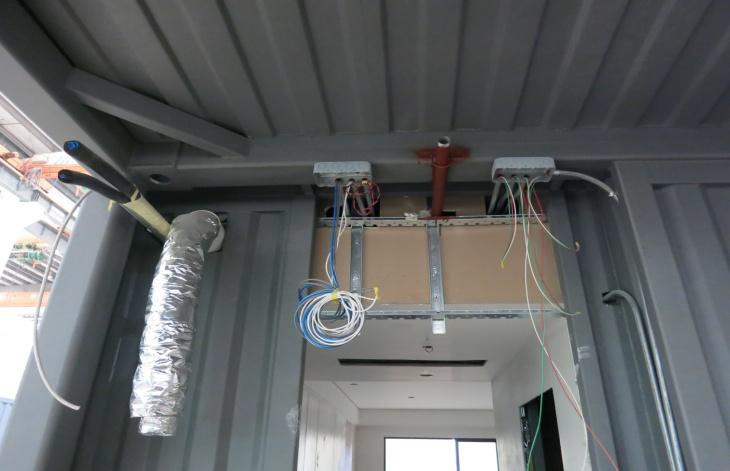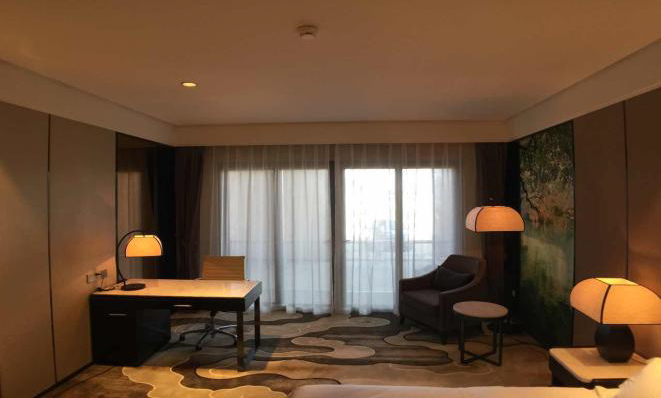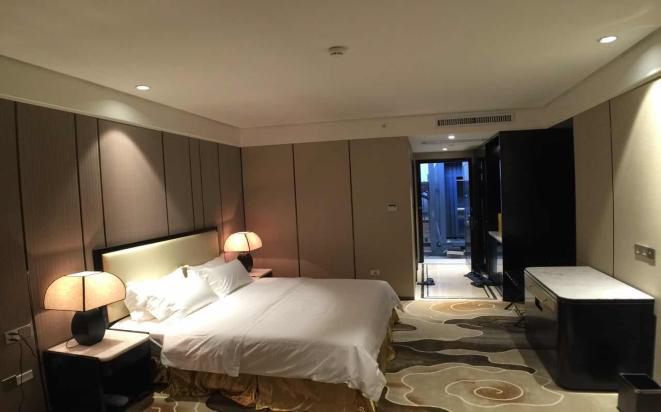
By Wayne Wei and Daniel J Voellm
With a fast changing economic environment and society coming to terms with the ‘new normal’ in China, hotel developers are seeking for more carefully planned and executed projects, based on a sound economic footing to ensure sustainable operations. Under such circumstances the modular building system might become one possible remedy to bring momentum to hotel development in China, particularly in remote areas. This publication provides a brief introduction of China’s modular building construction for the hotel industry.
Why modular building?
Modular building is a process in which a building is constructed off-site, under controlled conditions in a factory, delivering the consistent quality designed to the same codes and standards as conventionally built hotel units. The controlled environment and ‘mass-production’ allows for a significantly expedited construction timeline, saving as much as half the construction time. Companies like CIMC-MBS and Deepblue Smart House are the trailblazers for modular construction in China and has provided numerous modular building solutions for different projects around the world, including residences, student accommodation, camp accommodation, hotels, beach houses, overwater bungalow etc. For hotel construction the modular building systems are often factory finished structures that form enclosed spaces within a completed building. Each module is fitted out before transported to deployment site for installation. After a façade encapsules the individual modules the building will look generally the same as one built with traditional construction methods. There are some key advantages of using the modular building for hotel industry:
Quality. Quality and consistency is the core factor for modular building systems. For each projects, modules are fully fitted out inside, in a controlled factory environment that allows for easy and frequent quality checks. In addition, during the showroom or prototype construction phase, there will be an inspection and testing plan, which covers fit-out, plumbing, electrical, ventilation drainage and other relevant facility issues, to ensure the entire construction meet global, regional or local construction standards and building codes. Connection details and composition of the modules will also be tailored accordingly to allow the system to withstand the extreme natural conditions.
Timing. Varying from project to project, using the modular building system can cut down the total construction time by 30%-60% compared to traditional construction methods. Meanwhile on-site labor for modular building system is typically reduced by 70%, which leads to considerable benefits for access, storage of materials and Health & Safety issues in general. In addition, sourcing qualified labor in remote locations can be challenging and more time (and cost) intensive.
Flexibility. The modular building systems are based on very standardized units, yet the design and the layout can be adjusted to fulfill different project’s requirements. As a significant advancement the restrictions of designing with standard container sized units no longer apply; the production line can be adapted to different module sizes.
Cost. Modular building allows reductions in the overall capital costs by 10%-30%, through greater efficiencies of design, delivery and onsite management. For instance, a standard hotel project using the modular building system, the construction costs for each module, including the FF&E, usually won’t exceed RMB 700,000.
How does it work?
For a standard hotel project, usually there are two options for using modular building system—full turnkey solution or supply only solution. For full turnkey solution qualified companies will provide full service from design review to installation and finishing work. For supply only option hotel developers might design their own prototype module and outsource the mass manufacturing work to qualified companies. Following the traditional building process, the conceptual design stage will include an auditing and optimization for the modular system and its development requirements. Once the concept design is done the project will move on to the technical design stage. Upon completion a prototype will be built, similar to a showroom, to finalize the design and get initial approval for building codes and meet other standards. This presents the greatest time saving opportunity, as such testing is done off-site. During the manufacturing & delivery stage, the onsite building foundations will be installed in preparation for module delivery. The modules will be built and fitted on special production lines. The latest technology allows for very strong modules to be built, they can be stacked 18-20 stories high, frame-free. After the steel fabrication each module will be fitted out and install with all fixtures, wiring, lighting plumbing, air-con, sprinklers and FF&E. The finished modules will be transported on standard container vessels. A 500-unit hotel can be manufactured and shipped off to the subject site in as short as four to six weeks. Once all the modules arrived at the subject site, they will be lifted into place and stacked. The modules will be fixated by bolts and all wires, pipes, ducts, etc. will be connected. The façade will be added thereafter concealing the modular building system. Before handover to the client there will be a final inspection and testing on the whole construction.
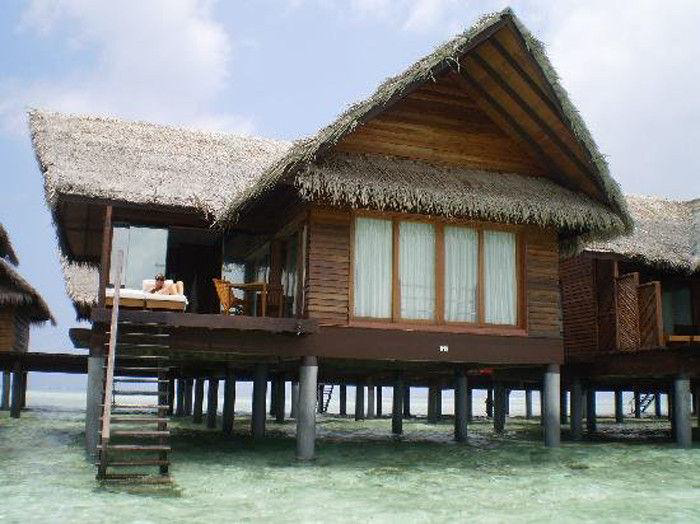
What is inside each module?
No matter how fancy the whole modular building system might sound, all these modules will eventually become hotel rooms. The in-room experiences are essential for hotel guests. Let’s take an inside look of a 4*7 module.
PICTURE 1: A 4*7 MODULE
PICTURE 2: BALCONY OF THE 4*7 MODULE
The module is constructed using corrugated corten steel. The outlayer of the module includes corner casting, connection box, lifting frame and side rail, allowing the module to endure weeks of shipping at sea and on rugged road. The interior lining of the module is isolated from exterior structural shell and provides good separation for acoustics and fire. The sectional perspective of the module includes plasterboard fire lining, mineral wool insulation and cement fibreboard or concrete floor deck laid on EPDM acoustic strip. Airborne noise transmission is doubly attenuated since each bedroom is isolated from the external steel shell of the module via air cavity in the walls and EPDM strip in the floor. A minimum 20mm air hollow space between each module will further ensure a good acoustic performance. Modular construction with containers further allows each module to be a separate fire compartment, significantly enhancing safety. The composite party wall between bedrooms protects not only the required stability but often exceeds the integrity requirements defined in the fire strategy. External fire stopping needs to be applied within the hollow space of the façade and it is designed as part of the site-specific envelope system.
PICTURE 3: INTERIOR LAYERS OF THE MODULE
In the bigger picture, sets of modules are grouped for mechanical systems to maximize the efficiency of the electrical, ventilation, drainage and other relevant facilities.
PICTURE 4: ELECTRICAL, VENTILATION AND DRAINAGE SYSTEM
PICTURE 5: SHOW ROOM
PICTURE 6: SHOW ROOM
Outlook
In the new era of hotel development in China, sustainable development and return on investment are the major concerns for hotel developers. With the successful cases abroad and more stringent rules and regulations, the modular building system has great potential to develop, change the construction paradigm in China’s core areas and facilitate hotel development in remote areas.


